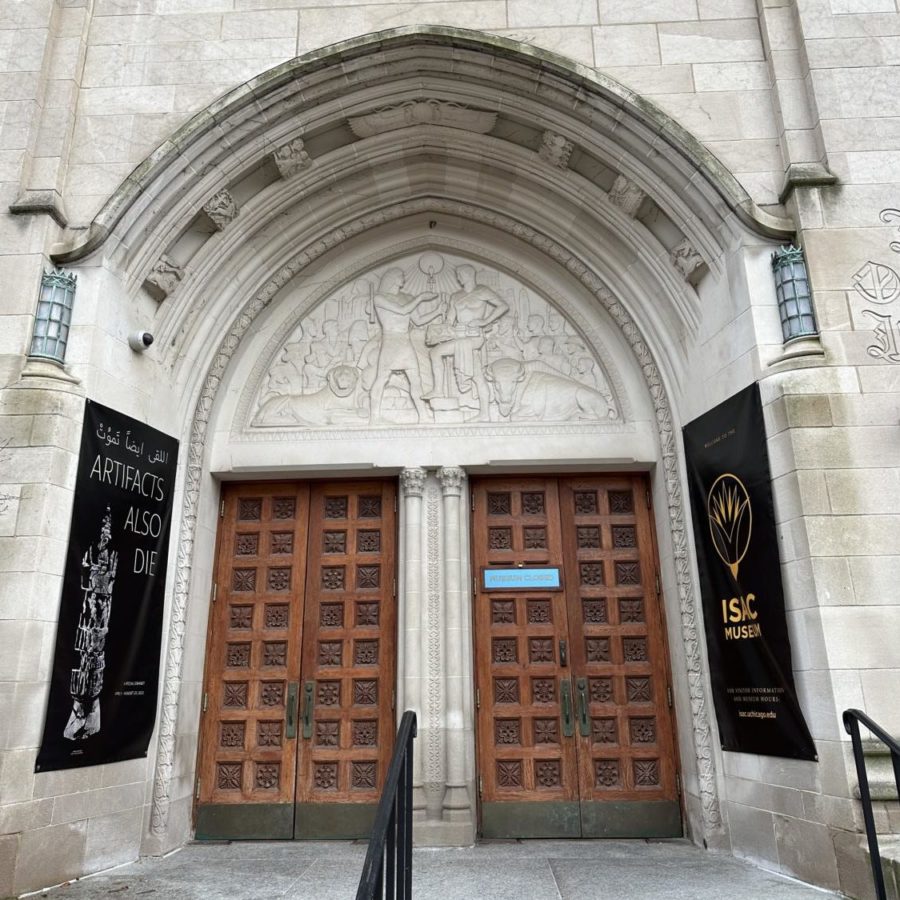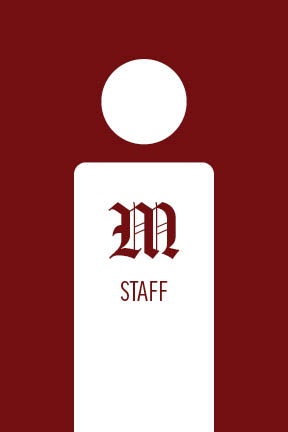This past Tuesday, the University of Chicago Medical Center (UCMC) and Student Government (SG) hosted a panel to discuss the UCMC’s role in healthcare issues on the South Side. The event, though delayed, followed up on promises made by Provost Thomas Rosenbaum in February to engage in open dialogue regarding the University’s priorities for the hospital. While Dean Kenneth Polonsky of the Pritzker School of Medicine continued to maintain that the UCMC does not have adequate resources to support an adult Level I trauma center on site, he did voice a new willingness to collaborate with other hospitals in establishing a trauma center somewhere on the South Side—a welcome development. Whether the proposed collaboration is financial or logistical, the UCMC should take a position of leadership when addressing trauma care issues given its position as the leading hospital on the South Side of Chicago.
Recent research conducted under Marie Crandall of Northwestern University reveals that gunshot victims in Chicago who are injured more than five miles from a trauma center have higher mortality rates. According to the study, the crude mortality rate for black gunshot victims over five miles from a trauma center is 8.73 percent—two percentage points higher than the mortality rate of those within five miles, which translates to roughly six additional gun-related deaths per year. This link between distance and mortality challenges research cited by the UCMC that more time spent in an ambulance within an hour after injury does not lower a trauma victim’s chance of survival. Crandall’s findings ought to motivate the University to rethink its role, given its location. As a hospital on the South Side, the UCMC now has an obligation to address the lack of a trauma center. While such an obligation does not necessarily have to take the form of an on-site trauma center, the UCMC does have a duty to contribute to the formation of a trauma center in some capacity, regardless of its ability to financially support one.
While trauma care is an issue that all South Side hospitals have a duty to address, the UCMC is in a unique position to assume the role of leadership. A premier research institution renowned on the national level, the UCMC is already at the forefront of medical research and treatment. With its state-of-the-art facilities, including the new Center for Care and Discovery, which opened in February, it is undeniably one of the top hospitals in the city, not just on the South Side. In fact, the UCMC is currently ranked as the third-best hospital in Illinois by US News and World Report. In line with this prominence is a commitment to leadership. While such leadership already exists on an academic and national level, the University should take an additional step to address issues that are important to those living in the vicinity of the hospital.
Polonsky’s offer to initiate collaboration among hospitals on the South Side is a good first step toward the leadership that the UCMC ought to assume on local matters. While the offer is still only a suggestion, the UCMC should take additional measures to follow through with it. Communication among South Side hospitals is crucial to developing a solution to the area’s dearth of readily available trauma care. The University’s alleged inability to financially sustain a trauma center is understandable given that the UCMC is bound to have other priorities now and in the long term. However, financial constraints are not an excuse to abstain from all matters pertaining to trauma care on the South Side, especially when surrounding communities are in such need of it.
The Editorial Board consists of the Editors-in-Chief and the Viewpoints Editors.








